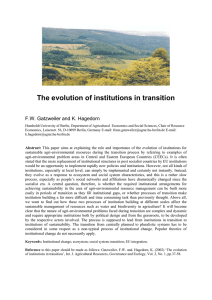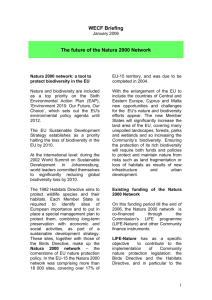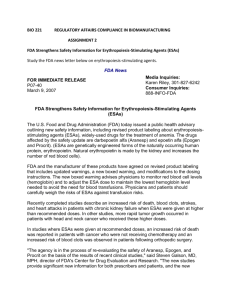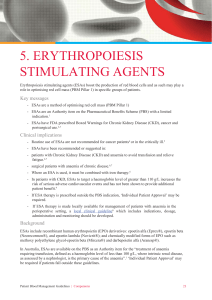National Agri-Environmental Programme (NAEP)
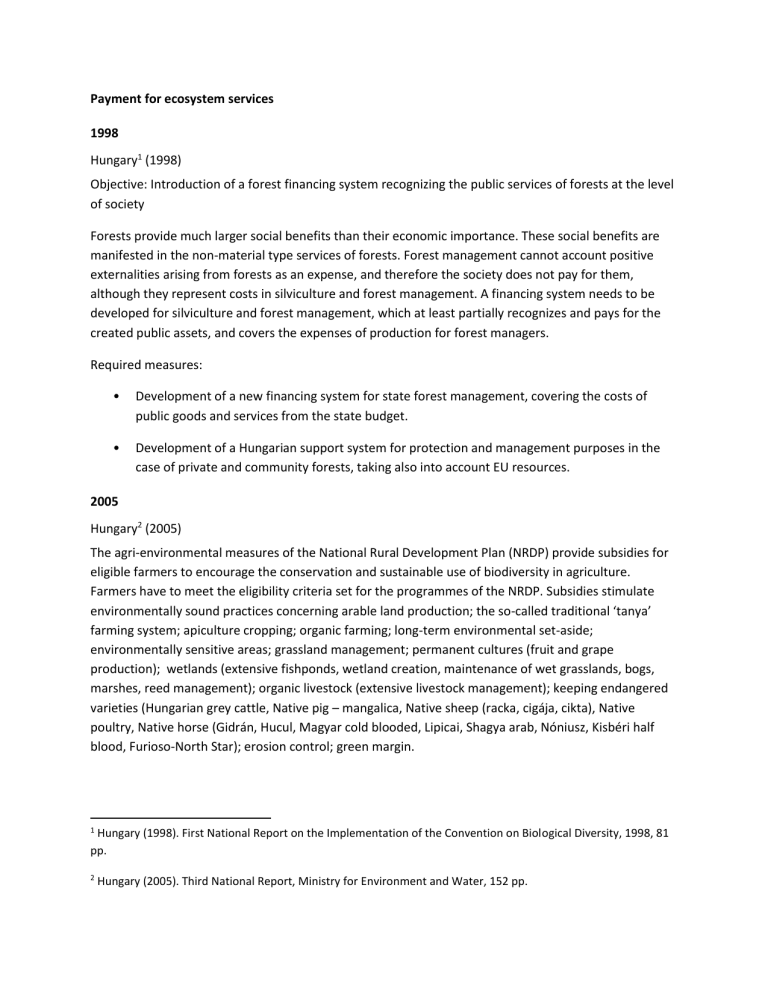
Payment for ecosystem services
1998
Hungary 1 (1998)
Objective: Introduction of a forest financing system recognizing the public services of forests at the level of society
Forests provide much larger social benefits than their economic importance. These social benefits are manifested in the non-material type services of forests. Forest management cannot account positive externalities arising from forests as an expense, and therefore the society does not pay for them, although they represent costs in silviculture and forest management. A financing system needs to be developed for silviculture and forest management, which at least partially recognizes and pays for the created public assets, and covers the expenses of production for forest managers.
Required measures:
• Development of a new financing system for state forest management, covering the costs of public goods and services from the state budget.
• Development of a Hungarian support system for protection and management purposes in the case of private and community forests, taking also into account EU resources.
2005
Hungary 2 (2005)
The agri-environmental measures of the National Rural Development Plan (NRDP) provide subsidies for eligible farmers to encourage the conservation and sustainable use of biodiversity in agriculture.
Farmers have to meet the eligibility criteria set for the programmes of the NRDP. Subsidies stimulate environmentally sound practices concerning arable land production; the so-called traditional ‘tanya’ farming system; apiculture cropping; organic farming; long-term environmental set-aside; environmentally sensitive areas; grassland management; permanent cultures (fruit and grape production); wetlands (extensive fishponds, wetland creation, maintenance of wet grasslands, bogs, marshes, reed management); organic livestock (extensive livestock management); keeping endangered varieties (Hungarian grey cattle, Native pig – mangalica, Native sheep (racka, cigája, cikta), Native poultry, Native horse (Gidrán, Hucul, Magyar cold blooded, Lipicai, Shagya arab, Nóniusz, Kisbéri half blood, Furioso-North Star); erosion control; green margin.
1 Hungary (1998). First National Report on the Implementation of the Convention on Biological Diversity, 1998, 81 pp.
2 Hungary (2005). Third National Report, Ministry for Environment and Water, 152 pp.
2009
Hungary 3 (2009)
The National Agri-Environmental Programme (NAEP), launched in 2002, was prepared in the framework of a multiannual co-operation of the Ministry of Agriculture and Rural Development and the Ministry for the Environment and Water. Within this, the areas with significant natural value were addressed as a zonal target programme of Environmentally Sensitive Areas (ESA).
In 2002 the rules applicable to Environmentally Sensitive Areas (ESAs) were set in legislation (Joint
Decree of the Minister of Environment and Water and of the Minister of Agriculture and Regional
Development). It identified three categories of ESAs: highly important ESAs (without low-input production their maintenance is doubtful in medium time period.), important ESAs (low-input production is necessary to the conservation of their values or to improve their condition) and planned
ESAs (the natural value of these areas can be increased by supporting extensive cultivation). The total size of highly important ESAs is 1,980,000 hectares. Zonal or horizontal measures facilitate agricultural land uses in line with nature conservation and environmental considerations in an area-based manner and ensure the conservation and maintenance of natural values along sufficient income generation by laying down special conditions. The aim of the programme elements is to contribute to the widespread application of management methods in compliance with the local characteristics, to the establishment of landscape management, and to the conservation and improvement of the environmental and natural values of the area. In the framework of the National Agri- Environmental Programme, ESA measures were initiated in 11 sample areas in 2002, and expanded to 4 further ESAs in 2003.
In 2004, the continuation of the National Agri-Environmental Programme was implemented within the framework of the objectives of the National Rural Development Plan (NRDP). Again, one of the main objectives was to continue – among the agri-environmental measures – the establishment of a system of environmentally sensitive areas which are most important in terms of maintaining the natural environment. Among the measures of the NRDP, farmers, provided that they voluntarily undertake to comply with the management requirements of the measure, are entitled to receive area-based financial subsidies and payments for the favourable environmental performance of their holdings. The amount of payment is proportionate to the complexity of the measure and to the expected effects on the environment and the economic return of production.
In 2004-2009 ESA measures were implemented in 15 sample areas and successful applications were submitted for a three times larger total area (ca. 120,000 ha) than in 2002 when the programme was initiated.
The European Agricultural Fund for Rural Development (EAFRD) provides new opportunities for compensating environmental and conservational management prescriptions and for subsidizing voluntary agri-environmental and forest-environmental measures. Based on the EARDF regulation of
3 Hungary (2009). Fourth National Report to the Convention on Biological Diversity, Ministry for Environment and
Water, 28 May 2009, 81 pp.
2005 Natura 2000 payment was launched in 2007. Regarding the obligatory management prescriptions of the Natura 2000 network this payment (38 euro/hectare) compensate the income foregone and the extra costs of the farmers managing Natura 2000 grassland areas. In 2008 the Payment Agency received
2,634 applications with a territory of 73,000 ha in this measure. The Ministry of Agriculture and Rural
Development (MARD) and the Ministry of Environment and Water intend to provide facility to launch the Natura 2000 payments in forest areas as well.
By finding the suitable balance between the compulsory conservational requirements and the possibility of voluntary measures the agri-environmental measures under the New Hungary Rural Development
Plan (NHRDP) will be implemented in 2009. Taking the various environmental characteristics of agricultural areas into consideration, and in order to implement high quality environmental management programmes, 21 different schemes have been defined within the framework of this action
(9 for arable plant production, 6 for grassland management and planting, 3 for the environmentally friendly management of plantations and 3 for the management of wetlands).
The general programme specifications are:
implementation of the management prescriptions of the scheme undertaken, compliance with the eligibility criteria during the entire term of the support (5 year, or in case of compulsory setaside for water-protection purposes scheme 10 years)
compliance with the guidelines set forth in Article 4 and 5, as well as Annex III of European
Union Regulation 1782/2003/EC pertaining to mutual correspondence, and the requirements stipulated in Annex IV of the Regulation on the maintenance of “good agricultural and environmental conditions” in the area of the farm,
compliance with the minimum requirements of nutrient management and the pesticide use on the whole farm,
keeping farm management records for the whole farm,
participation on 2 agri-environmental trainings (organised by the MARD) during the schemes period.
On improving of the ESA network the zonal agri-environmental schemes with high environmental performance will be eligible in 2009 for farmers in 25 sample areas, on approximately 914,000 ha. The overlapping of ESAs with the Natura 2000 sites is quite notable as more than 50% of this area is part of the Natura 2000 network as well.
According to the NHRDP the ‘Assistance provided to non-productive investments’ measure will also be implemented in 2009, in order to conserve the rural landscape, to promote the maintenance of the individual value of the landscape, increase of the richness in species of the fauna and flora, an improvement of the environment's condition, facilitation of the fulfilment of the commitments made on a voluntary basis and increase public welfare in the areas of high natural value, specified in Natura 2000.
Serving the habitat rehabilitation goals of the Natura 2000 areas the measure allocates sources among
others for plantation of hedgerows and field-protecting trees, for establishment of grassland for nature conservation purpose.
